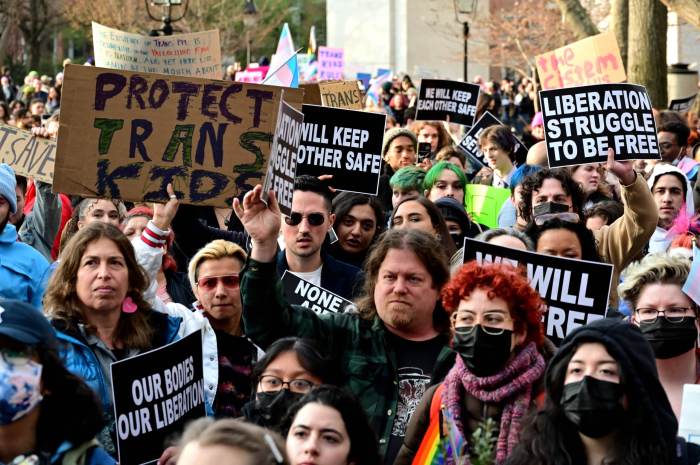Should people be allowed to store Zipcars in public parking facilities, as the city is proposing? That depends on who you ask.
The city’s proposal to allow Zipcars, and other cooperatively owned vehicles known as “share cars,” to use public parking facilities (including garages and lots both general purpose or linked to residential or commercial buildings) as storage points is getting mixed reviews from Bronx community boards.
Since April 26, the City Planning Department has been asking Community Boards across the city to review a proposal that would allow shared cars to use up to 40 percent of municipal parking spaces for storage. The idea would make it acceptable for a person to park a Zipcar, or other shared car, in these lots for extended periods of time. While Community Board 10, which speaks for residents in the Throggs Neck area, voted overwhelmingly in favor of the plan, Community Board 11, which covers Bronx Park East to the Hutchinson River Parkway, voted nearly unanimously (two members abstained) against the measure.
“The sticking point is that parking is horrendous now. And 40 percent [of the spaces] getting taken away would make it even worse,” new CB 11 member Edith Blitzer, an opponent of the plan, said. “We can’t afford to lose even one. Why take from municipal parking?”
According to Elaine Feder, treasurer of the Pelham Parkway South Neighborhood Association, the White Plains parking lot has 94 parking spaces available to the public, with four designated for handicapped, 56 for permitted parking, 15 for four-hour parking and 19 twelve-hour parking. She said 40 percent would mean about four spaces would be used up by the shared cars.
“With the reconstruction coming [of Pelham Parkway], we’ve been told we’re no longer going to be able to use the service roads either, and then it’s going to be even less parking,” she said.
According to department officials, the changes will not force any car-sharing company to take over the municipal spaces, but should only be based on the need of the area. If the zoning changes are made, the ultimate decision about individual spaces will be made by car-sharing companies and parking lot owners, city officials said.
The city Planning Department is looking into the issue of where shared cars can be left, because it is not addressed in the parking regulations that were written nearly 50 years ago, city officials said. Since then, shared cars, which are owned by companies and made available to patrons whenever they request, have become a popular means of transportation. Users can pick the car up easily at any number of locations, and leave them in a permitted storage location when they’re done.
According to the city, 275,000 people were members of more than a dozen car sharing groups across the country. With more than a third of U.S. car sharing members living in New York City, the city is the largest market for car shares. The proposed zoning changes to address the issue include allowing car sharing vehicles to occupy up to 40 percent of public parking spaces and up to 20 percent of spaces in residential parking facilities in medium- and high- density residential districts. These changes are intended to encourage the use of shared cars and should set clean rules regarding whether the cars can be parked in public spaces or in commercial and residential districts.
City officials said the program has both economic and environmental benefits because between six and 32 members of car sharing companies shed their vehicles or delay buying new ones after joining the agencies.
Kenneth Kearns, district manager of CB 10, and his board could not agreed more with the proposal. They voted 33 in favor of the proposal, with only two voting against it.
“We felt the whole idea behind it was really to limit the amount of vehicles on the road at one time, so casual drivers would not need to take a street parking space if they used the shared cars,” he said. “This could cut down on the amount of cars owned and the pollution and congestion. It’s all part of a larger plant to keep city moving.”
City officials said the proposal will be reviewed by Community Boards for 90 days, before the planning department will bring its recommendation to the city council, which will have the final say.














